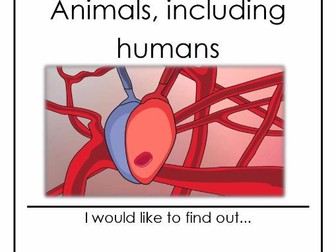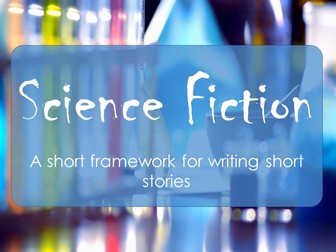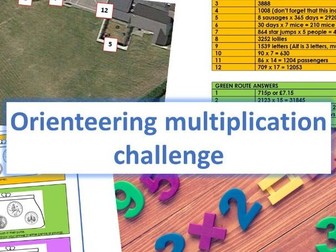The Nowhere Emporium - Resources and ideas for a unit of work
A Powerpoint presentation including ten opportunities for extended writing, based on Ross MacKenzie’s magical novel, ‘The Nowhere Emporium’.
Peer-moderation feedback was that these lessons resulted in outstanding writing from both Year 5 and Year 6 children.
This unit provided opportunities for descriptive writing, news reports (both written and filmed), play scripts, persuasive letters, missing chapters, character and scene descriptions…)
Designed for use in a mixed-age class.
The presentation is full of modelled writing, scaffolded to tie-in with the book and to allow children to improve their writing at every stage.


